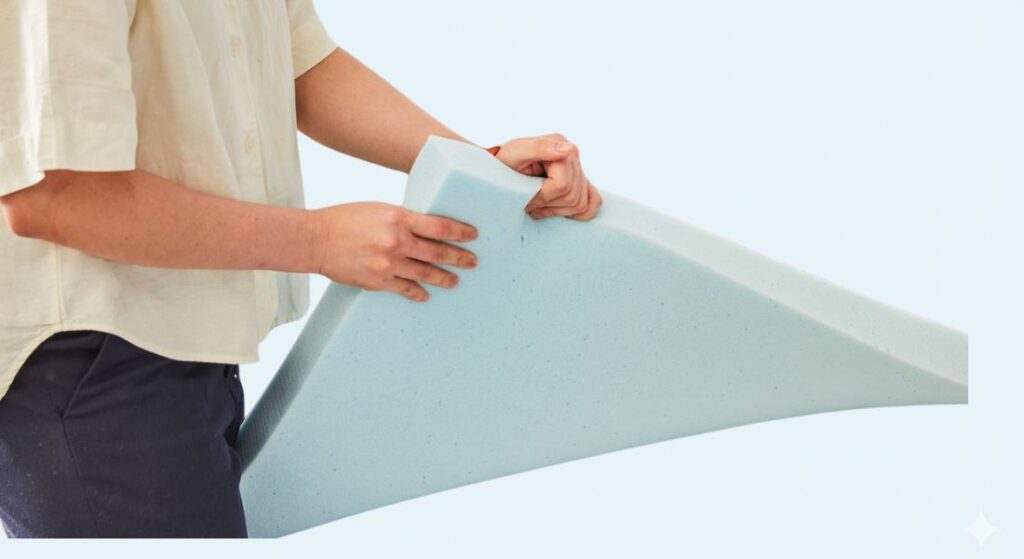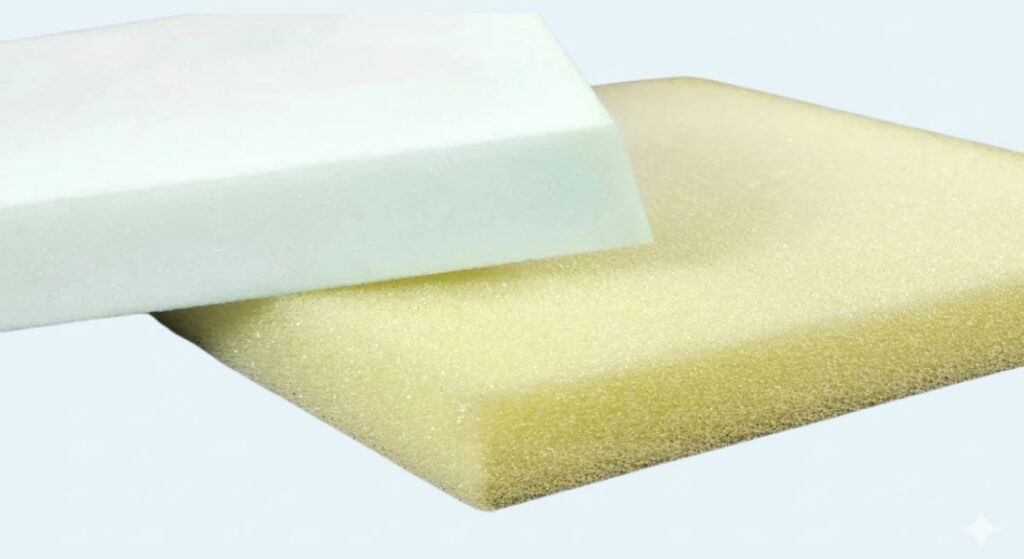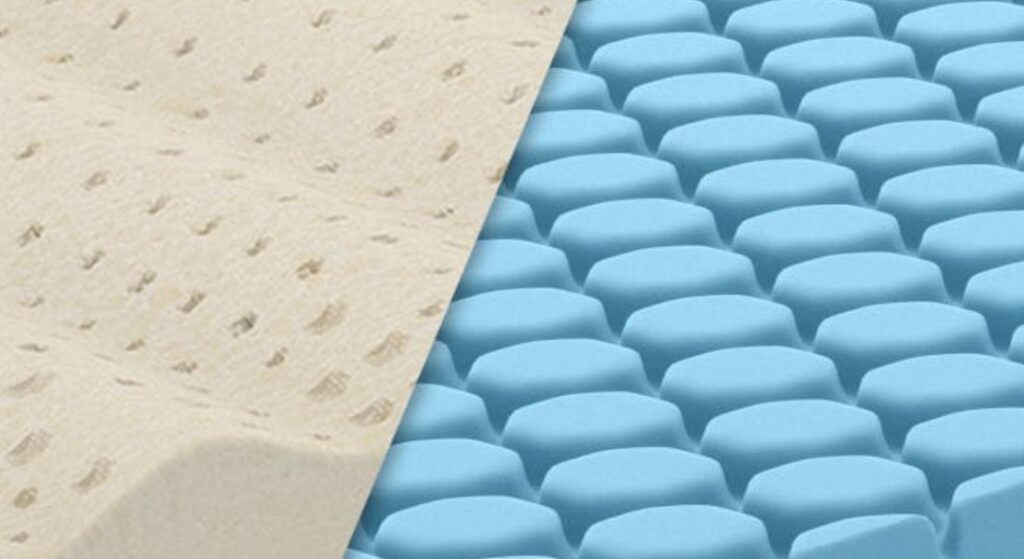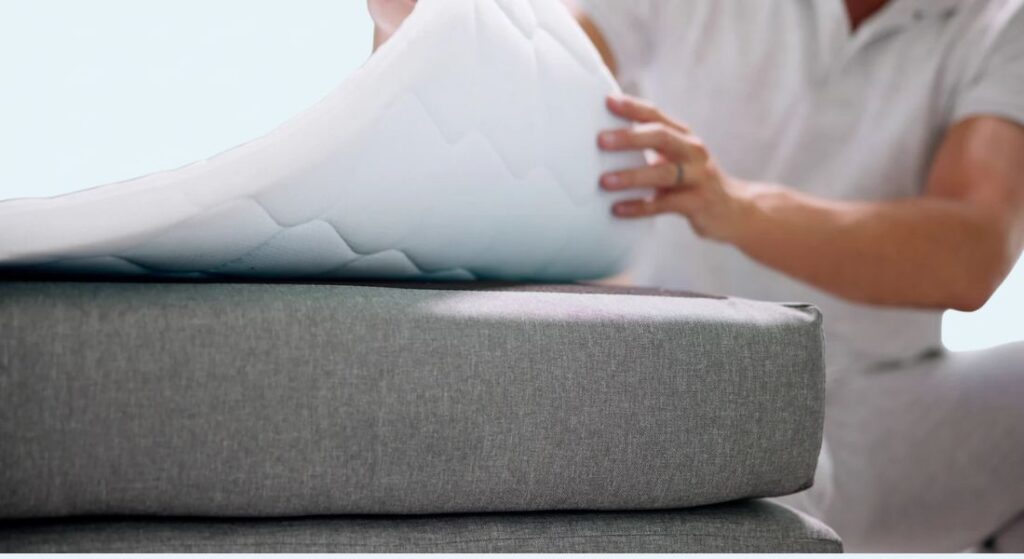Waking up drenched in sweat on your memory foam mattress isn’t just uncomfortable—it’s actively sabotaging your sleep quality. That heat-trapping embrace that felt luxurious in winter becomes a nightly battle against rising temperatures. The best way to cool memory foam mattress surfaces starts with understanding why this happens: traditional memory foam’s dense, closed-cell structure collapses under body weight, creating an airtight heat pocket. Unlike spring mattresses, there’s nowhere for warm air to escape.
You don’t need to replace your expensive mattress to reclaim cool, restful sleep. This guide delivers proven, science-backed solutions—from immediate bedding swaps you can make tonight to strategic long-term upgrades that transform your sleep environment. Most fixes cost less than $100 and deliver noticeable relief within hours, not weeks.
Why Your Memory Foam Mattress Overheats
Traditional memory foam traps heat through four unavoidable mechanisms. First, its dense polyurethane composition actively absorbs your body heat instead of dispersing it. Second, the closed-cell structure collapses when you lie down, eliminating airflow channels. Third, the body-hugging contouring maximizes contact points with heat-retaining foam. Finally, solid foundations like box springs or floors block under-mattress ventilation, turning your bed into a thermal oven.
Environmental factors accelerate the crisis. Room temperatures above 67°F compound foam’s natural heat retention, while synthetic bedding like polyester sheets acts as a thermal blanket. High humidity (over 50%) cripples your body’s evaporative cooling—making you feel 5-10°F hotter than the actual temperature.
Cooling Bedding Upgrades That Work Tonight
Immediate Sheet Swaps for Instant Relief
Ditch high-thread-count sateen sheets immediately—they’re thermal traps. Switch to cotton percale sheets with 200-300 thread count for crisp, breathable comfort that outperforms luxury fabrics. For superior moisture-wicking, linen sheets leverage natural hollow fibers and loose weaves to pull sweat away 3x faster than cotton.
Bamboo viscose or Tencel™ sheets offer a silky alternative with thermoregulating properties. Independent tests show Tencel™ dries 50% faster than cotton, preventing that clammy feeling. Avoid anything over 600 thread count or synthetic blends—they’re heat magnets.
Pillows That Stop Head Sweating
Your pillow is a critical heat source. Replace solid memory foam pillows with shredded gel memory foam options that combine cooling gel beads with adjustable loft. The air gaps between shredded pieces prevent heat buildup around your neck.
Talalay latex pillows with pin-core ventilation holes provide consistent airflow and stay temperature-neutral all night. For extreme cooling, buckwheat hull pillows create natural air channels between hulls—but expect a firm feel. Never sleep on polyester-filled pillows; they retain 40% more heat than natural fibers.
Bedroom Environment Fixes Under $50
Precision Temperature Control
Set your thermostat to 65°F—the scientifically proven sweet spot for deep sleep. Pre-cool your bedroom 30 minutes before bed using your AC’s “sleep mode” to save energy while hitting target temperatures. Place an oscillating fan 3-4 feet from your bed, angled to blow across (not directly at) your mattress. This creates a wind-chill effect that pulls heat away from your body.
Humidity Destruction Protocol
Run a 30-pint dehumidifier to maintain 40-50% humidity—anything above 60% makes temperatures feel significantly warmer. Empty the tank nightly or use a model with auto-drain. Remove high-transpiration plants like ferns from your bedroom during summer; their moisture output sabotages cooling efforts.
Swap all incandescent bulbs for LEDs—they release 90% less heat. Unplug gaming consoles and chargers before bed; these devices can raise room temperature by 1-2°F through constant heat emission.
Foundation Upgrades That Unlock Airflow

Critical Frame Modifications
Replace your box spring immediately—its fully enclosed design blocks under-mattress ventilation. Install slatted platform beds with 2-3 inch gaps between hardwood slats for maximum airflow. If replacing your frame isn’t feasible, add 6-inch bed risers to create vertical air channels beneath your mattress.
Never place memory foam directly on the floor—this completely seals off the underside and typically voids warranties. For solid platform beds, drill 1.5-inch ventilation holes every 8 inches along the base (check warranty terms first). Rotate your mattress 180° every 3 months to prevent compressed heat pockets.
Active Cooling Tech Worth the Investment
BedJet Climate System: Targeted Relief
The BedJet pushes filtered air through a hose into a specialized Cloud Sheet, creating precise cooling from 66-104°F in 1°F increments. Setup takes 10 minutes and works with any mattress height. Couples benefit from dual-zone Cloud Sheets ($179 add-on) allowing separate temperatures per side. At $499, it uses less power than a lamp (50 watts) and operates at library-quiet 35 dB.
Water-Circulation Mattress Pads
ChiliPad Cube systems circulate water through a silicone pad to maintain temperatures from 55-115°F. They’re ideal for chronic night sweaters but require a dedicated outlet. Eight Sleep Pod 3 adds biometric tracking, though advanced features require a $5/month subscription. Both use 80-150 watts—similar to a small AC unit—but deliver clinically significant cooling.
When Replacement Becomes Inevitable
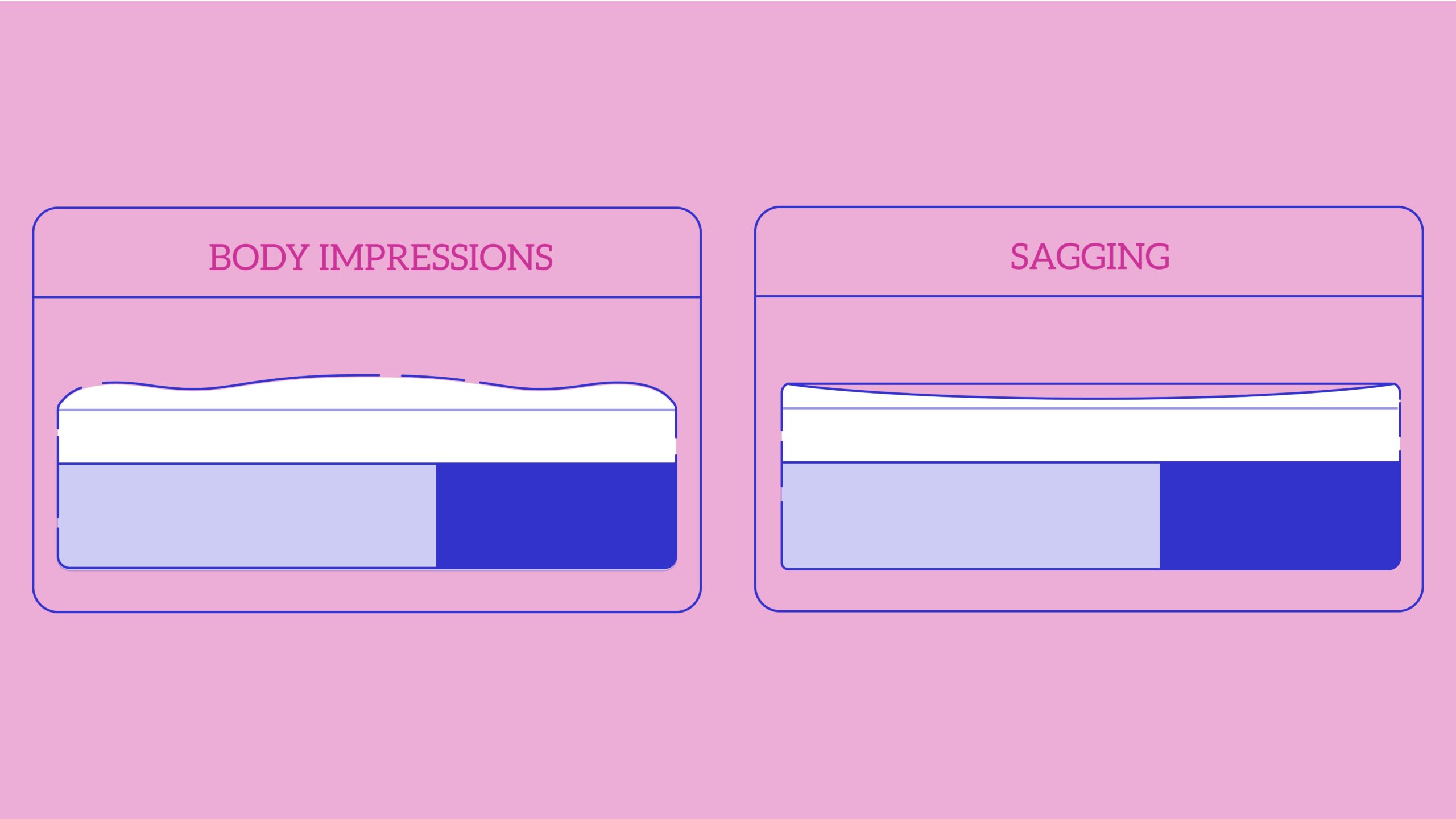
Warning Signs Your Mattress Is Beyond Saving
Replace immediately if you notice sagging deeper than 1 inch or body impressions that don’t rebound within 5 minutes. Foam degradation after 6-8 years exponentially increases heat retention—persistent night sweats despite implementing all solutions confirm your mattress has reached end-of-life.
Cooling Mattress Shopping Checklist

Prioritize hybrid designs with individually wrapped coils—they sleep 20-30% cooler than all-foam models. Demand at least 2 inches of copper, graphite, or PCM-infused foam in comfort layers. Verify CertiPUR-US certification to avoid VOCs that worsen heat retention. Top 2024 performers include:
– Casper Snow Max ($2,095) with PCM + Heat Delete Bands
– Layla Hybrid ($1,099) combining copper-gel foam and airflow coils
– Tempur-Pedic Breeze° ($3,999) featuring PureCool+ PCM foam
Immediate Action Plan: From Tonight to Month
Tonight (30 Minutes)
- Swap sheets to cotton percale or bamboo under 300 thread count
- Lower thermostat to 65°F with ceiling fan on medium
- Sleep in lightweight cotton instead of pajamas
This Weekend (2-3 Days)
- Install slatted bed base or add 6-inch risers
- Add 2-inch copper-infused topper (avoid solid gel versions)
- Replace pillow with shredded gel memory foam or latex
This Month (If Still Hot)
- Test BedJet system during its 60-day trial period
- Consider hybrid replacement if mattress exceeds 6 years
Critical Mistakes That Make Memory Foam Hotter
Freezing your sheets seems smart but causes condensation that promotes mildew—limit freezer sessions to 15 minutes for temporary relief. Thick mattress protectors over 1mm block breathability; choose organic cotton or Tencel™ under 0.5mm. High-density foam toppers above 4 inches trap more heat—opt for ventilated 2-inch versions. Never skip rotating your mattress; uneven compression creates permanent heat pockets.
Your memory foam mattress doesn’t have to be a nightly sweat chamber. Start with tonight’s $0 sheet swap and thermostat adjustment—most sleepers report immediate temperature drops of 3-5°F. Within a week, foundation upgrades and strategic bedding will transform your sleep surface. Remember: cooling isn’t about one magic fix but stacking science-backed solutions. Within 30 days, you’ll sleep cooler for less than the cost of a professional mattress replacement. For persistent heat issues, the BedJet’s 60-day trial offers risk-free climate control—proving the best way to cool memory foam mattress surfaces is now more accessible than ever.

